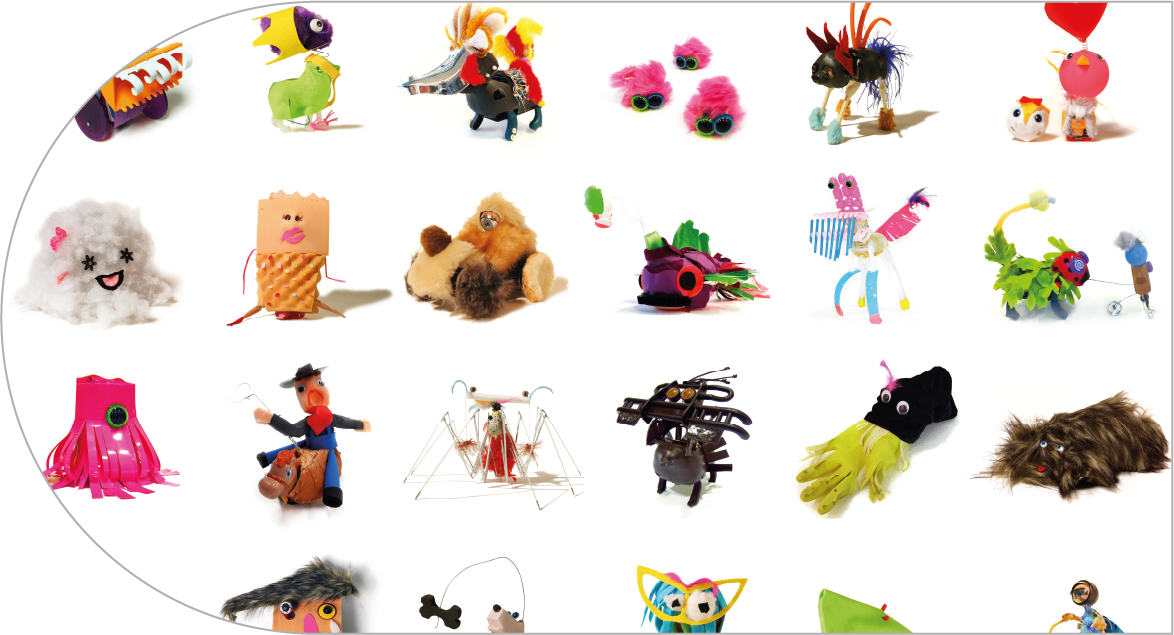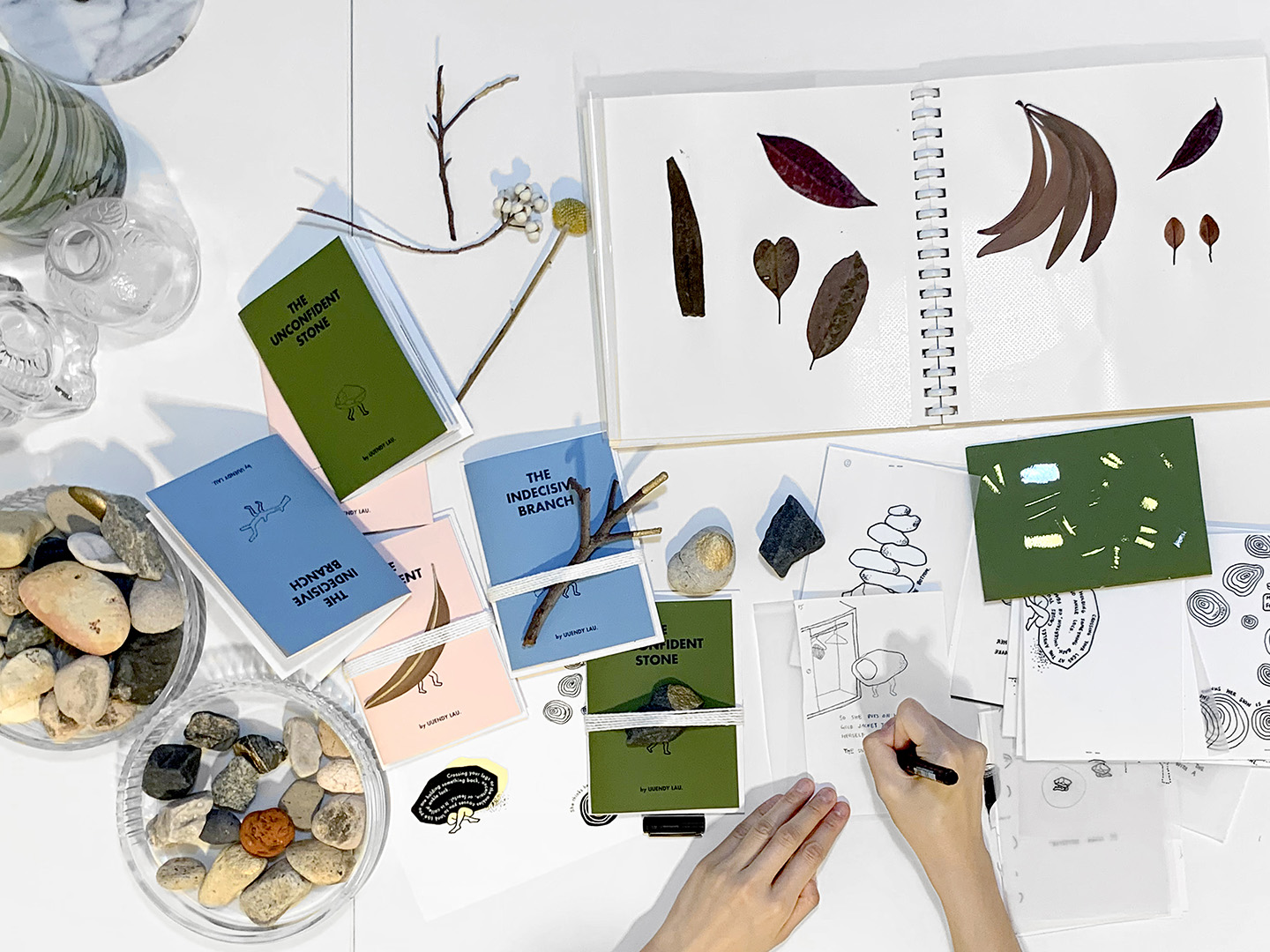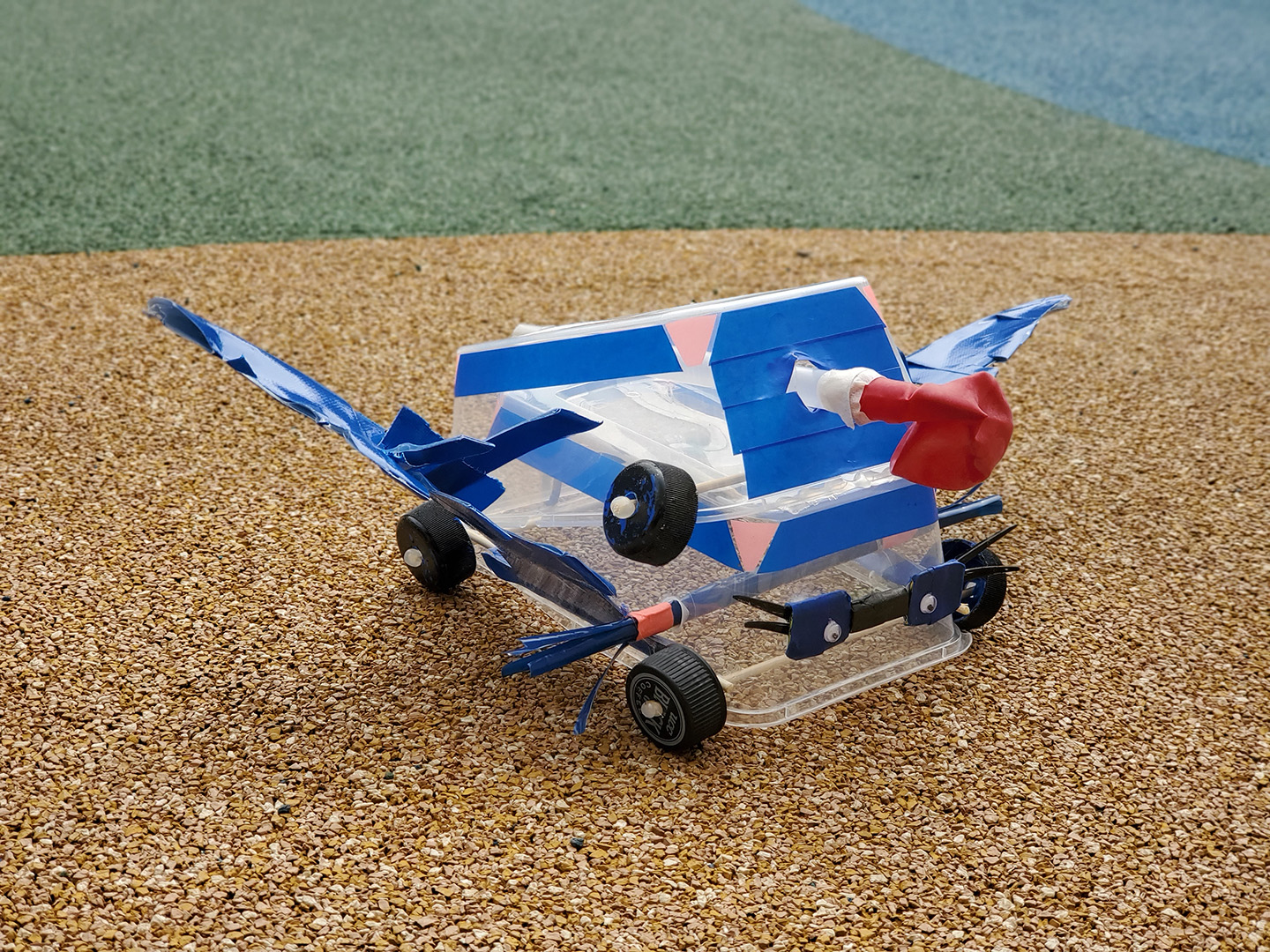Rediscover Play Through Design

Play is probably one of the first things we give up as we grow up. But who doesn't look at children playing and miss the carefree playtime? Design Spectrum, Hong Kong Design Centre's initiative at 7 Mallory Street, explores play and design in its upcoming "PLAY LIVES" exhibition curated by Rémi Leclerc, Founder of PolyPlay Lab, and Lee Chi-wing, Founder of product design consultancy Milk Design. To get us into the mood of the play, Playshops 3。2。1, a series of fun and engaging workshops, are being held from November to January in the run-up to the exhibition opening in February. We talked to Rémi and one of the workshop facilitators, Kacama DesignLab, to find out more about the theme ‘play’.
It's easy to think play is a waste of time, especially for adults.
Rémi: Dismissal of play is the result of a misperception of what it is and why it is good for us – maybe because of the fear of letting go and losing control in a competitive society. New Zealand play theorist Brian Sutton-Smith once quipped that “the opposite of play is not work. The opposite of play is depression”. Not all of us are so lucky that we can draw the kind of satisfaction from our work that we can qualify as play. Life in Hong Kong is competitive, and while we are defined by what we do, the quantification of so much of our existence seems to squeeze play out of our lives. Contrary to common belief, more and more parents and teachers in the region see the value of play in supporting children’s development into creative, self-adjusting individuals, conscious of their sociocultural agency, and empowered to engage with society and contribute to the community.
Why is play important to us?
Rémi: Play is an individual (biological, psychological) and group (sociocultural) agent of transformation, characterising much of our life, throughout our life. “We don't stop playing because we grow old; we grow old because we stop playing”, playfully mused Irish author George Bernard Shaw. Play calls on our faculties and absorbs us in an activity we voluntarily engage in. It is an expression of freedom, and for a moment, we transcend the limits of our existence, in the process feeling a little better each time. Play is good precisely because it appears to be useless. In a productivist society, play is a healthy recreative counterpoint. Through the joy and laughter generated as we play, our body releases endorphins, thus triggering physical well-being, and boosting immunity. In challenging times, play helps counteract mental health issues, regenerate emotional literacy, and promote resilience.
Kacama: Play doesn't only mean games. More importantly, play is a behaviour that is active, positive and provocative. It's about finding possibilities within limitations. It can be simple or complicated; physical or mental. It's a method that allows people to improve and advance while enjoying the process.
Play doesn't only mean games. More importantly, play is a behaviour that is active, positive and provocative.
Sometimes design gives us an impression of playfulness. What kind of roles does play play in design?
Kacama: Play can be serious. It's a proactive and positive mindset that allows us to search for possibilities and break away from the limits of form. Adopting the play mindset in the design process can expand our imagination and stimulate us to ask new questions. Often times, asking "why not?" is where something new begins, turning what seems to be impossible possible.
How does play play a constructive role in design? Can you give us an example?
 Workshop: A Whimsical Adventure Begins - Stones, Branches & Leaves
Workshop: A Whimsical Adventure Begins - Stones, Branches & Leaves
Rémi: While play generates culture, design shapes culture: just about everything around us is designed. As a friendly ‘Trojan hobby horse’, play makes design accessible. Referring to play's attributes enhances designers’ practice because people are naturally apt at play, and as one realises design is like play, it makes it easier to understand design. Play’s non-threatening and socially engaging dynamics bring multiple stakeholders to the table in an inclusive way, motivating behaviour conducive to sharing ideas, and ‘playbouring’ toward a common goal of discovery and creativity. Play makes design emotionally safe, as it accommodates ambiguity, experimentation, and mistakes. Play allows design to connect to life more naturally, igniting creativity, hence bettering design practice. Forms of play allow us to specify intent, affordances, interaction, and purpose in design. Such awareness facilitates designers’ apprehension of culture, to better shape it.
Play makes design emotionally safe, as it accommodates ambiguity, experimentation, and mistakes.
Hong Kong is famously a 24-hour society but very few of our hours are spent on play. Where should we start to learn to play more?
Kacama: Hong Kong people's lives are indeed too stressful and too result-oriented. Even when we are playing, we sometimes put too much focus on winning or losing. But play can be purposeless. You can play without winning or losing. What we wish for Hong Kong people to learn is to play without thinking about winning or losing and just play even if there won't be any outcome. This is the kind of play that gives people true enjoyment.
Rémi: Right here – play is in our nature, and everyone plays. Also, look around – while Hong Kong is at the confluence of several cultures, we are living through transitional times. Imaginative and creative play favours group exchange and cultural transformation. Peer and intergenerational play bridges traditional and progressive values, helping children and adults adapt to a changing world, develop a sense of self and identity, and strengthen social bonds. Hong Kong’s history, diverse socio-cultural context, changing urban landscape, and its country parks converted from 40% landmass offer ample opportunities for play. You could start there too; the rest is up to you.
Right here – play is in our nature, and everyone plays.
What do you hope participants will take away from your Wan Chai workshops?
Rémi: In the “Flipping the Town, Upside Down” workshop, participants will step outdoor to explore Wan Chai and identify opportunities for city play to propose quirky journeys of urban discovery. They will design gameplay systems privileging local production and consumption, leveraging mobile media’s playfulness while staying away from propositions that quantify performance. They will appreciate how play as a strategic mode of inquiry and critical practice enhance design thinking approaches addressing cultural, player, environment, business, and experience factors and how it might be used to intervene on intergenerational leisure contexts.
What should play pals look like in the future? In Hackshop, participants will be encouraged to harness their imagination and humour and toy with STEAM knowledge to reverse-engineer simple robots and create artificial play pets. Engaging in multiple forms of play, they will enjoy the intense hands-on experience for the sake of it. The experimental process, blending surrealism and technology, blows raspberries at affordances, in the process broadening participants’ perspectives on design, realising that there is no designing for play without playing for design.
What are your Design Spectrum workshops about?
 Workshop: Balloon-powered Trash Racers
Workshop: Balloon-powered Trash Racers
Kacama: In our Balloon-powered Trash Racers workshop, participants will not just be engaged in play but also create toys and game rules. They will use the recycled materials we prepared for them to make their own combat cars, and together come up with a game and its rules. No one will win or lose because the result of the workshop will be the fruit of the participants' collective effort.
Apart from Rémi Leclerc'sand Kacama's, there are more workshops designed and led by local designers. Check them out and book your place now. More info about the exhibition is coming soon, stay tuned to Design Spectrum's Facebook and Instagram pages!